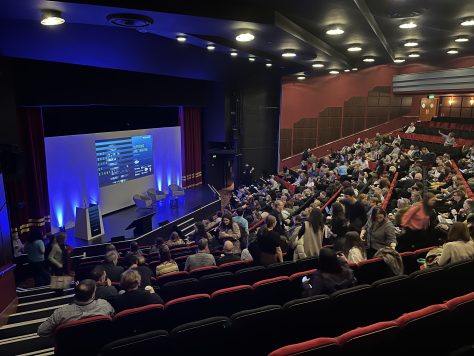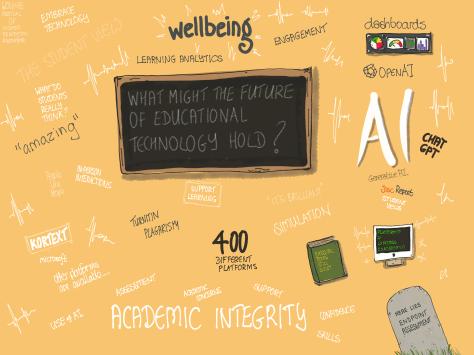Back in March 2024 I attended the UCISA 24 Leadership Conference in Edinburgh. There was a range of interesting sessions, and for some I made some sketch notes.
There was a Microsoft sponsored session, Delivering value with AI: Insights and lessons learnt in shaping your AI enabled digital journey.
As AI becomes ever more woven into society, many organisations and individuals are just starting to understand the full extent of what’s possible. During this session, members of the Microsoft team will share thoughts and insights on the use of AI across the sector, whilst also drawing upon the lessons learnt from other industries. Security, governance, skills, and responsible / ethical AI are amongst the key pillars of building trustworthy and reliable AI outcomes. The session will discuss how data and models can be protected from unauthorised access, tampering or theft. How governance ensures processes and policies for developing and deploying AI are transparent, accountable, and fair. The importance of skills, both in consideration of your curriculum and your own workforce. And lastly, the approach of Responsible / Ethical AI to ensure alignment with human values and social norms. By following these principles, we can create AI solutions that benefit society and empower individuals.
The session covered a huge amount of content, but as you might imagine from a vendor perspective, it was quite positive about the impact AI will have on working and productivity. There were quite a few demonstrations of how copilot could be used to support this.



















